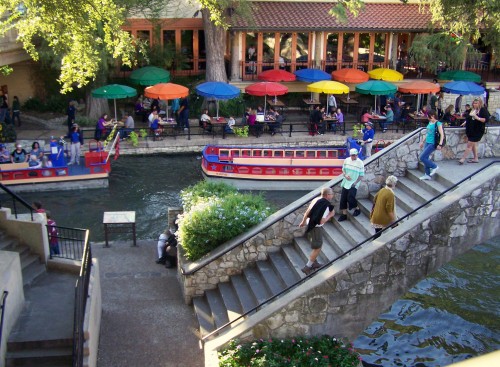Adrift without a map, we are, in the sea of current events. Especially after this last week, which brought us a ground war in Gaza and the shoot-down of a passenger airliner over Ukraine; both situations a little out of the depth of the past experience of Chicago community organizer, even one who spent his grade school years in Indonesia. Quite a large number of the blogs and commenters that I follow have speculated over the last couple of months at least since last year and have predicted disaster. They know not the day nor the hour, but they have read the various augurs according to their inclinations, suspicions and particular expertise, and gloomily speculate on the odds of various events occurring. There is something bad coming, the air is thick and heavy with signs and portents, never mind the cheery cast that the current administration and its public affairs division attempts to put on it. It’s like a makeup artist, plying the art on a six-months-dead corpse; it’s just not working.
border
Archive Post: Borderland
(From the archives of the Daily Brief – a meditation on living in the borderlands. Business is suddenly jumping for the Tiny Publishing Bidness, and I suddenly have a lot of editing to do and a short time to do it in. I honestly don’t have anything else to say about the debate last night that the other guyz haven’t already said.)
It’s part of the tourist attraction for San Antonio, besides the Riverwalk and the Alamo. Even though this part of South Texas is still a good few hours drive from the actual physical border between Mexico and the United States, the River City is still closer to it than most of the rest of the continental states. It falls well within that ambiguous and fluid zone where people on both sides of it have shifted back and forth so many times that it would be hard to pin down a consistent attitude about it all. This is a place where a fourth or fifth-generation descendent of German Hill-Country immigrants may speak perfectly colloquial Spanish and collect Diego Riviera paintings…. And the grandson of a semi-literate Mexican handyman who came here in the early 1920ies looking for a bit of a break from the unrest south of the border, may have a doctoral degree and a fine series of fine academic initials after his name. And the fact that the original settlers of Hispanic San Antonio were from the Canary Islands, and all non-Hispanic whites are usually referred to as “Anglos”, no matter what their ethnic origin might be, just adds a certain surreality to the whole place.
